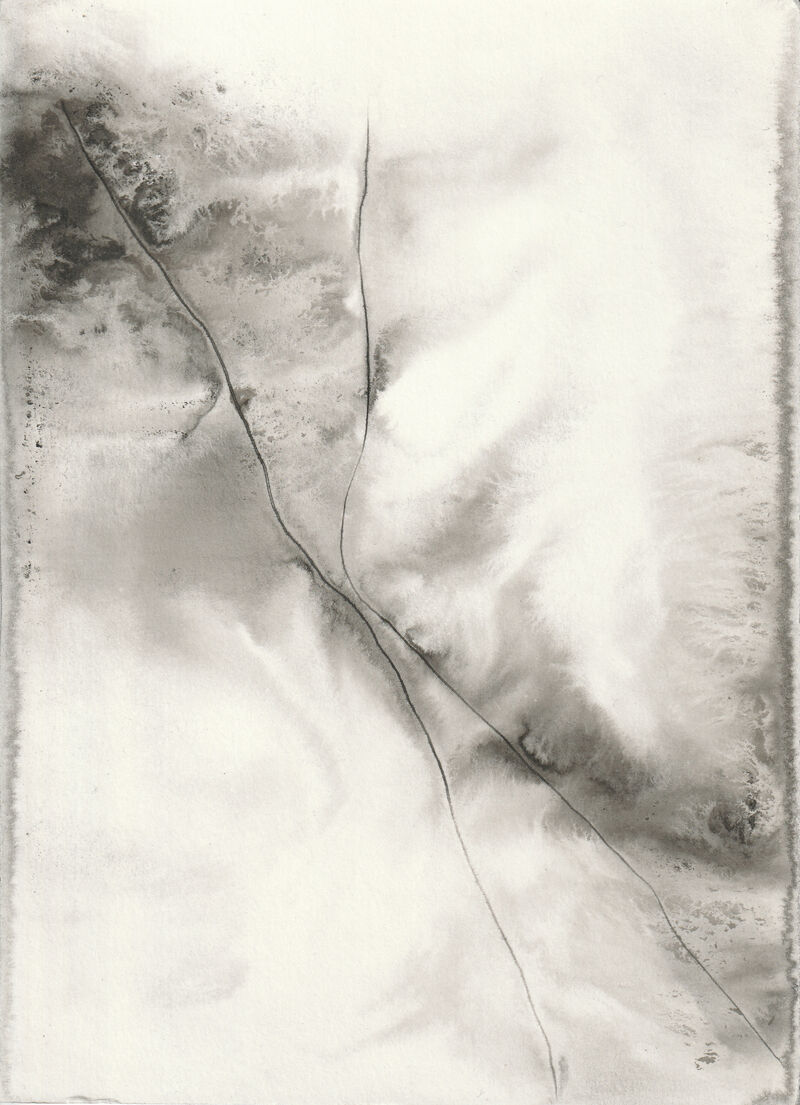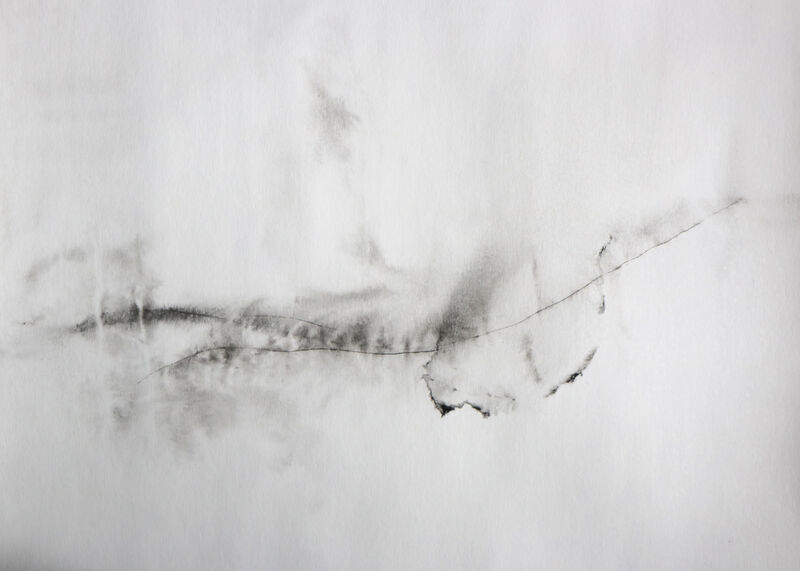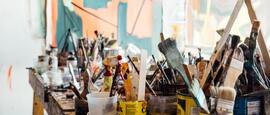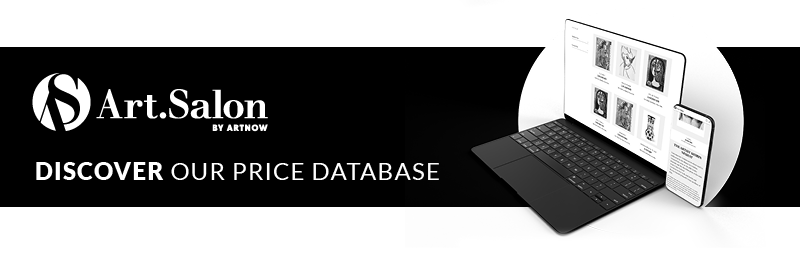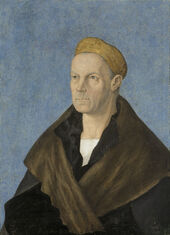
More on the subject Artist Portraits
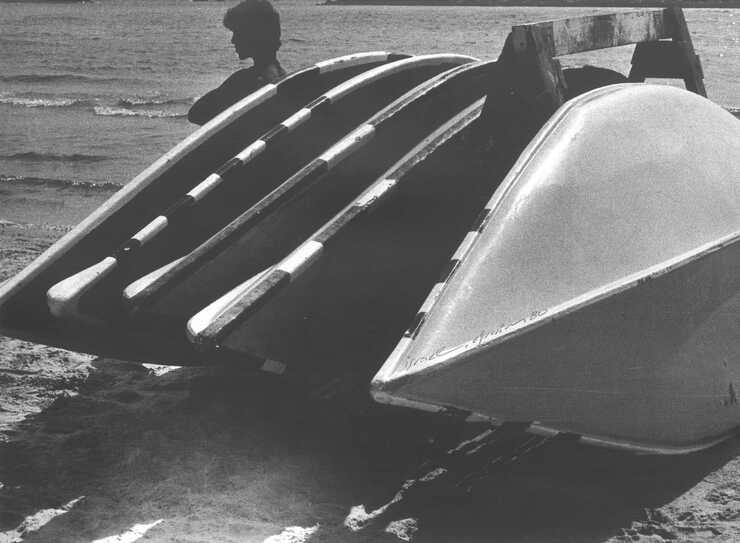
»Photography is my work - watercolors are my pearls.«
With city views of Berlin, Efraim Habermann became known to a broad public as a photographer in the 1960s. His works are characterized early on by a distinctive, concise style and unusual perspectives. Today, after a 50-year creative phase, he has an extensive body of photographic work, consistently in black and white, with numerous series from Israel, Venice and Berlin, still lifes, portraits and photographic collages. Habermann's »pearls«, his mostly constructivist watercolors, geometric forms in strong colors, finely balanced into a postcard-sized composition, seem almost like a commentary on his own conception of the image. An extensive exhibition of works from the artist's private archive can now be seen in Berlin from mid-February.
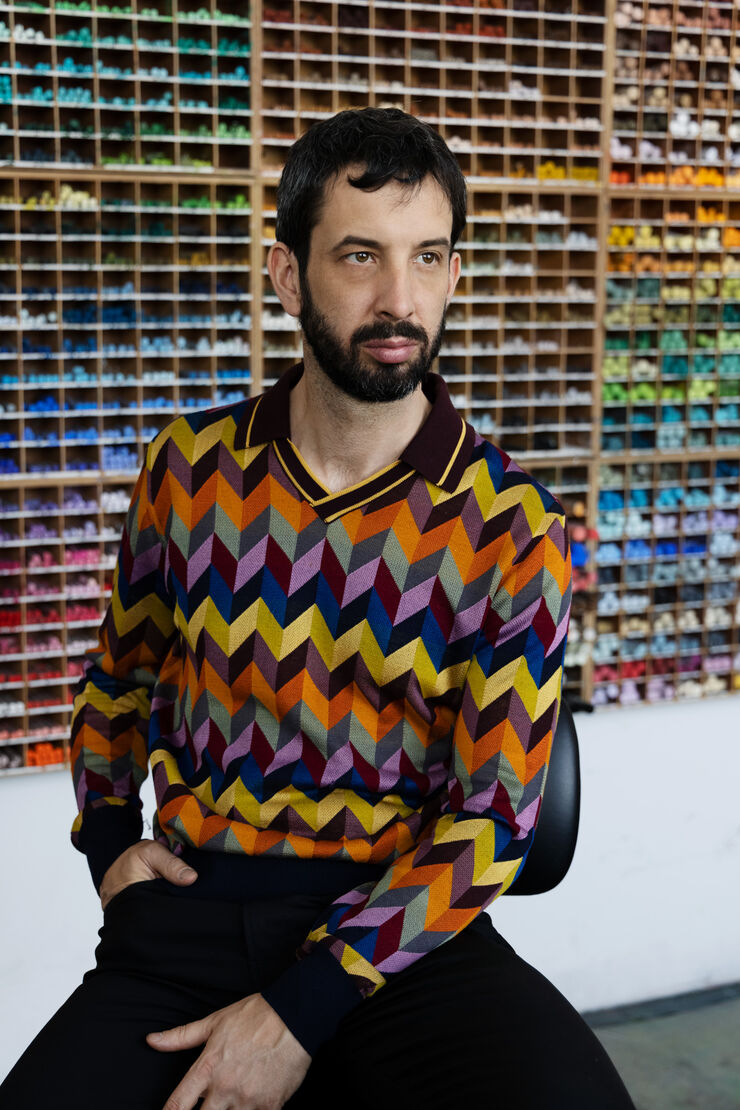
The world in pastel
With simple portraits and landscapes in pastel, the Swiss painter Nicolas Party succeeded in rising to the top of the art league. The former graffiti artist captivates with universal themes and used the pandemic for monumental projects.
Dive deeper into the art world
The digital woodcut as a mirror of our cultural image practice
Golden times: The Fuggers as patrons of the arts
On the 500th anniversary of Jakob Fugger's death on December 30, the Schaezlerpalais is commemorating him as a patron of the arts: the wealthy merchant family commissioned numerous artists of their time. The exhibition Art’s Rich Heritage: Jakob Fugger and his Legacy runs until April 12, 2026, in Augsburg.



